Meditation to Integrate the Shadow
Welcome today we’ll embark on a meditation journey to integrate aspects of our shadow – those extreme emotional reactions, feelings of shame, and overwhelming sensations that we often repress and run away from in life.
Our journey begins in childhood, where we first learned to feel emotions and respond to the world. These early experiences, along with traumas or overwhelming events in life, contribute to the formation of our shadow.
This meditation is designed to guide you into what was once called the psyche soma – the intersection of mind, body, and emotional response. In modern terms, it’s the subcortical brain, the part that responds intuitively and instinctively, without language.
As we start, remember that while self-help and guided meditations are powerful tools, they are not substitutes for professional trauma treatment. Please ensure you’re also under the care of a qualified therapist if dealing with severe trauma or post-traumatic stress.
Preparation:
- Find a Comfortable Space: Choose a place where you can sit or lie down comfortably. Use speakers or headphones to listen freely without restriction.
- Adopt a Relaxed Posture: Whether lying down or sitting in any comfortable style, ensure direct body awareness.
- Reflect on Your Emotions: Contemplate the moments in your life where you feel powerless over your emotions. Think of situations or people that trigger strong reactions like anger, shame, or confusion.
- Visualize and Feel: Picture a specific situation that overwhelms you. Recognize your reactions and the emotions they evoke – fear, sadness, anger, or any intense feeling.
- Breathing Exercise: Regulate your breathing with long, slow inhales and exhales, maintaining a rhythm of calmness.
Diving into the Shadow:
- Experience Your Emotions: Feel the energy of your emotions without analysis. Let go of the need to rationalize, and instead, directly experience your emotional energy.
- Body Awareness: As you delve into these emotions, observe the physical sensations in your body. Notice any changes in temperature, tension, or discomfort.
- Confronting the Shadow: Courageously face the parts of yourself you’ve been avoiding. Acknowledge the protective mechanisms you’ve developed and how they’ve influenced your choices and behaviors.
- Letting Go of Protective Parts: Recognize and release the internal voices and distractions that prevent you from fully experiencing your emotions.
- Focus on Physical Sensations: Bring 100% of your awareness to your body’s physical experience as you navigate through your emotional landscape.
- Exploring Your Core: Pay attention to sensations in your head, hands, core, posture, and overall body. Notice how each part reacts to your shadow emotions.
- Reflect on Your Reactions: Consider how these physical and emotional responses have influenced your life choices, actions, and avoidance strategies.
Integration and Growth:
- Observing Change: After spending time with these feelings, notice any changes in your body and mind. Observe the reduction in the need for protective behaviors.
- Embrace Growth: Recognize that integrating your shadow is a key step in personal growth and healing. Confronting these hidden parts of ourselves leads to profound change.
- Closing Thoughts: Reflect on this experience and how it mirrors the process of therapy. Understand the importance of facing, not running from, our shadows to grow and change.
Thank you for joining me in this meditation. If you have questions or comments, feel free to reach out. May this journey bring you insight and healing.
Did you enjoy this article? Checkout the podcast here: https://gettherapybirmingham.podbean.com/
If you liked this read the articles on other Jungian topics:
Bibliography:
Jung, C. G. (1959). The Archetypes and the Collective Unconscious (2nd ed.). Princeton University Press. Zweig, C., & Abrams, J. (Eds.). (1991). Meeting the Shadow: The Hidden Power of the Dark Side of Human Nature. Tarcher. Grof, S. (1975). Realms of the Human Unconscious: Observations from LSD Research. Viking Press. Conner, D. B. (2009). The Alchemy of Shadow Integration: A Jungian Approach to Individuation. Journal of Humanistic Psychology, 49(4), 475-499. Welwood, J. (2000). Toward a Psychology of Awakening: Buddhism, Psychotherapy, and the Path of Personal and Spiritual Transformation. Shambhala.
Further Reading:
Bly, R. (1988). A Little Book on the Human Shadow. HarperOne. Kurtz, R. (1990). Body-Centered Psychotherapy: The Hakomi Method. LifeRhythm. Laing, R. D. (1967). The Politics of Experience and the Bird of Paradise. Penguin Books. Progoff, I. (1956). The Symbolic & the Real: A New Psychological Approach to the Fuller Experience of Personal Existence. Julian Press. Whitmont, E. C. (1969). The Symbolic Quest: Basic Concepts of Analytical Psychology. Princeton University Press.

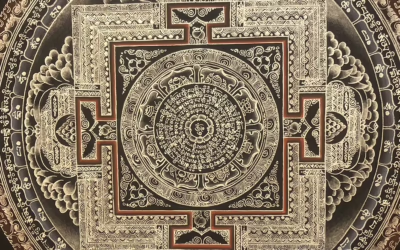
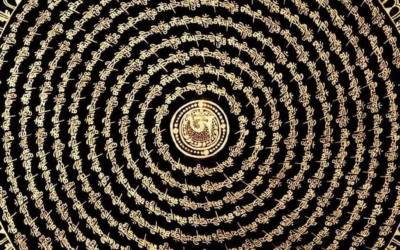


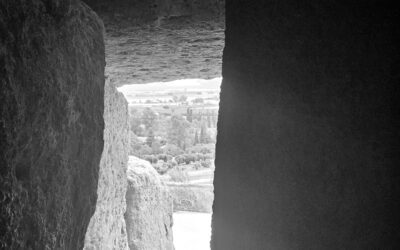
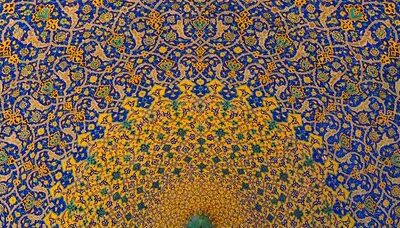





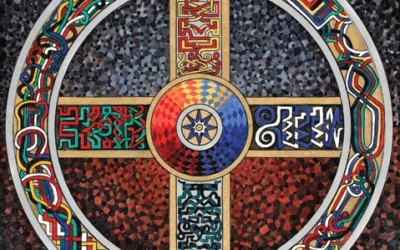
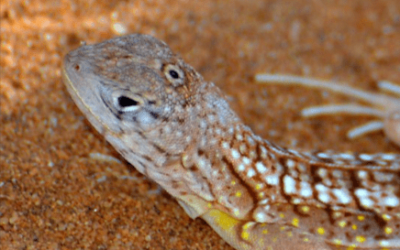
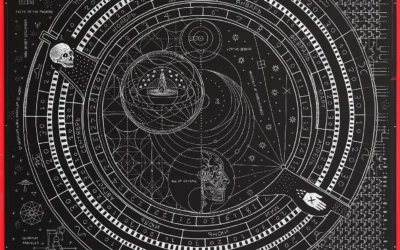
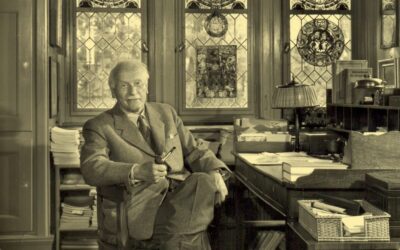
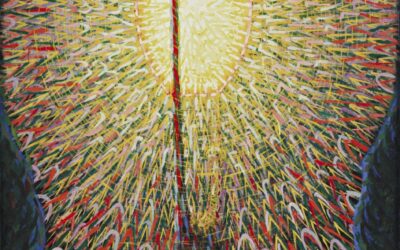
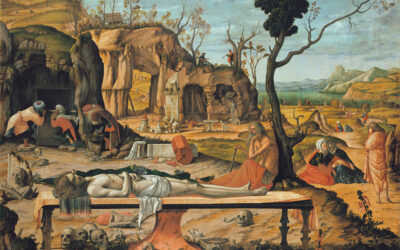
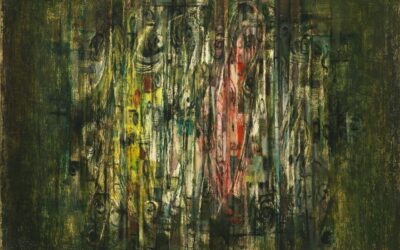

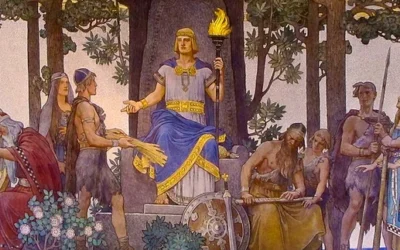
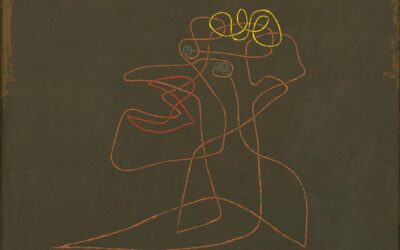
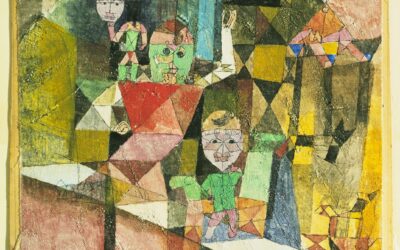
0 Comments